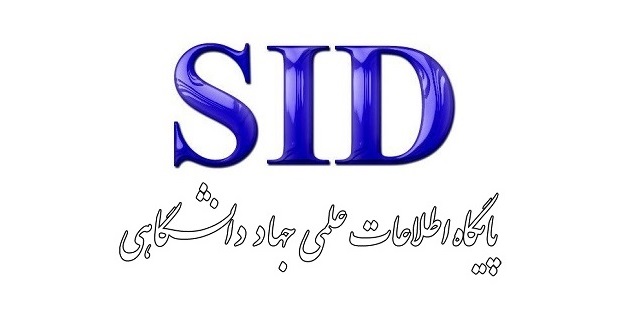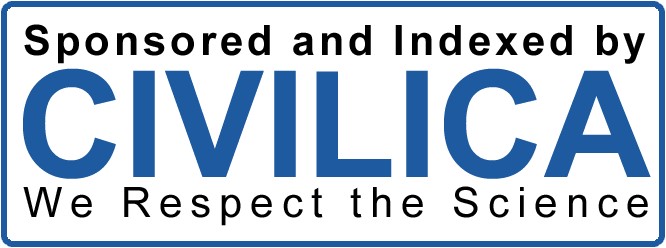Analysis of Factors Influencing the Realization of Cultural and Creative Ecosystems in Historical Cities of Iran
Keywords:
Creative City, Creative Industries, Creative Class, Creative Economy, PlacemakingAbstract
With the emergence of the concept of the creative city, a new way of thinking about the reciprocal relationship between culture and place has been introduced. This concept, by emphasizing the creative human capital within the city, supports the liberation of individual talents to address urban issues. In this paradigmatic approach, unique indigenous cultural and creative industries are recognized as the primary competitive advantage of cities to achieve economic development. Considering the significant potential of historical cities in Iran to implement the creative city model, the mechanism for establishing a cultural and creative ecosystem in these cities requires investigation. Therefore, the aim of the present study is to evaluate the impact of the spatial preferences of the creative class on the realization of a cultural and creative ecosystem in historical cities of Iran. In the first phase of this research, by reviewing the theoretical foundations in credible global literature, the spatial preferences of the creative class are identified, and the factors influencing the cycle of cultural and creative ecosystems are examined. In the second phase of the research, to test the hypothesis, the structural equation model is utilized within the framework of Amos23 and Spss20 statistical software. This research is applied in nature and descriptive-correlational in terms of data collection and analysis methods. The statistical sample includes 196 members of the creative class residing in the cities of Yazd, Kashan, and Jiroft, who were selected through convenience sampling. The findings indicate that the set of spatial preferences of the creative class affects the implementation of the cultural and creative ecosystem in the historical cities of Iran. If historical cities in Iran seek to implement the creative city model, they must identify the factors that retain and attract the creative class according to their indigenous capacities and, by applying a set of hard and soft creative placemaking factors, provide the possibility of realizing a cultural and creative ecosystem to achieve creative economic development.






